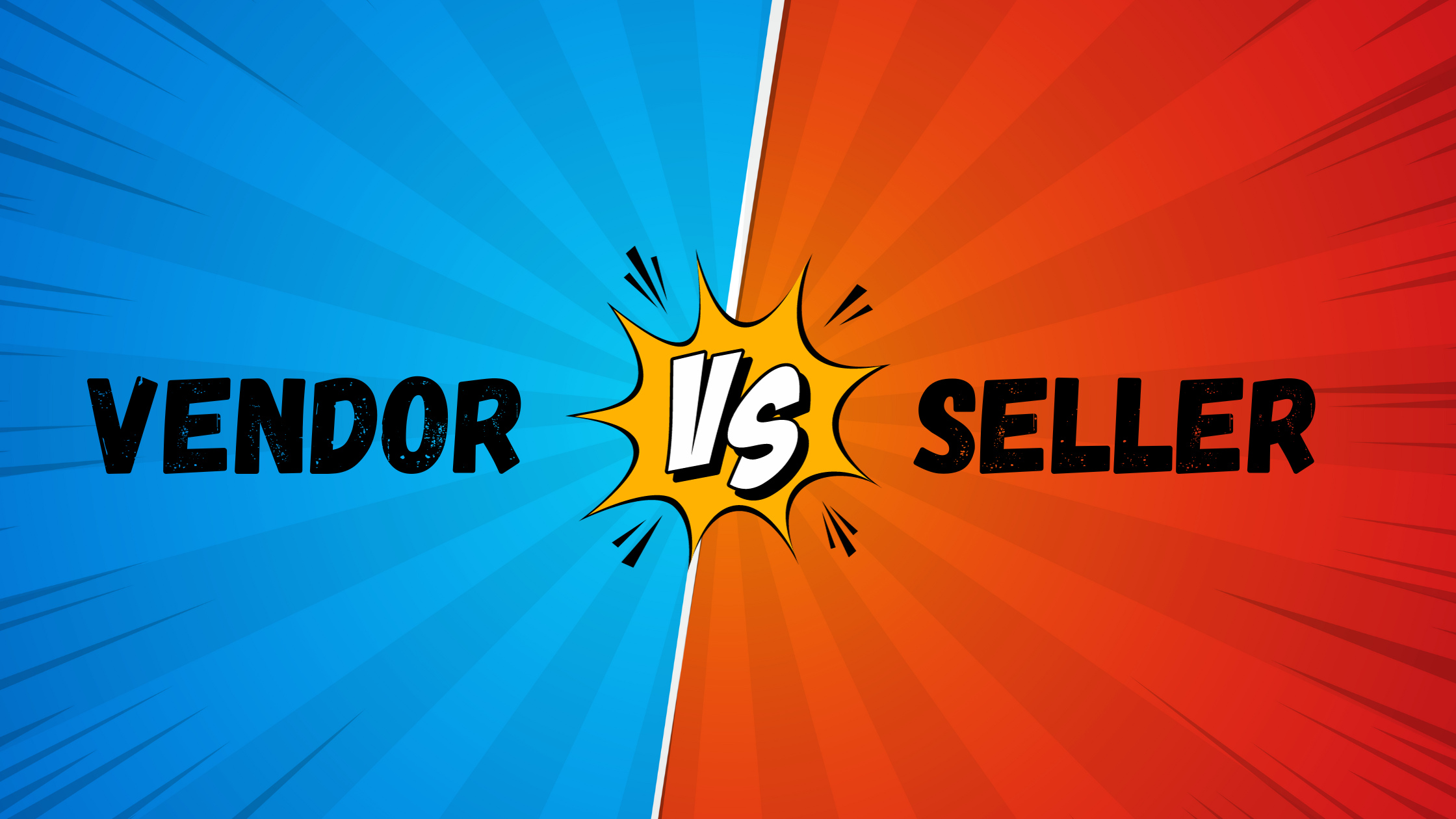Online commerce is an ever-growing industry, and with it the variety of terms and concepts used to describe the different types of sellers. Today, however, we will focus on two of the most common terms: vendor and seller.
In this article, we will briefly explain the difference between vendor and seller in the context of online commerce, and the importance of distinguishing between them in order to optimise the monitoring of online sales.
What is a seller?
A vendor is a supplier who sells its products or services to a retailer or other seller. The vendor has no control over the final selling price, which is set by the retailer or seller. The supplier usually provides the retailer or seller with a price list and the retailer or seller is free to set the final price.
What is a seller?
A seller is a vendor who sells their products or services directly to consumers. The seller has control over the final selling price because the seller sets the price that is shown to consumers. The seller usually handles shipping and customer service and is responsible for customer satisfaction.
Below is a table summarising the main differences between supplier and vendor:

Things to know about becoming a seller on Amazon
- You can only become a seller by direct invitation from Amazon, and is aimed at manufacturers and distributors with exclusivity.
- The seller can use FBM or ‘Fulfilment by Merchant’ if he decides to ship the products himself, in which case he must indicate the shipping costs. If they delegate the management to Amazon ‘Fulfilled by Amazon’ or FBA, they pay a fee based on the number of units sold, benefit from their logistics services and reduce costs.
What are the advantages of being a seller? Here is a very interesting article.
Why should you monitor vendor and seller accounts on a marketplace? Take Amazon for example.
As we have already explained, when Amazon or another marketplace sells under its name, that account is defined as a seller. These are products that Amazon or another marketplace offers to its customers. These products have been purchased by the marketplace for sale and when they run out of stock. At that moment, the person who appears as the seller of that product is a seller. The one designated by the platform. This is because marketplaces always want to sell and therefore always have to offer products with stock. Singularprice, through its price and product monitoring, identifies which seller accounts are out of stock and also all the sellers who offer these products.
Therefore, it is not enough to monitor marketplaces, it is necessary to differentiate between vendors and sellers in order to control the stock and price situation. Singularprice reports on suppliers’ stock-outs, product ratings and identifies all the sellers who sell the products. And also who gets the buybox.

Conclusion
Vendor and seller are two terms used to describe different types of sellers in online commerce. The main difference between them is the level of control they have over the sale of their products or services.It is important to consider the difference between vendor and seller when choosing a business model for selling online.


